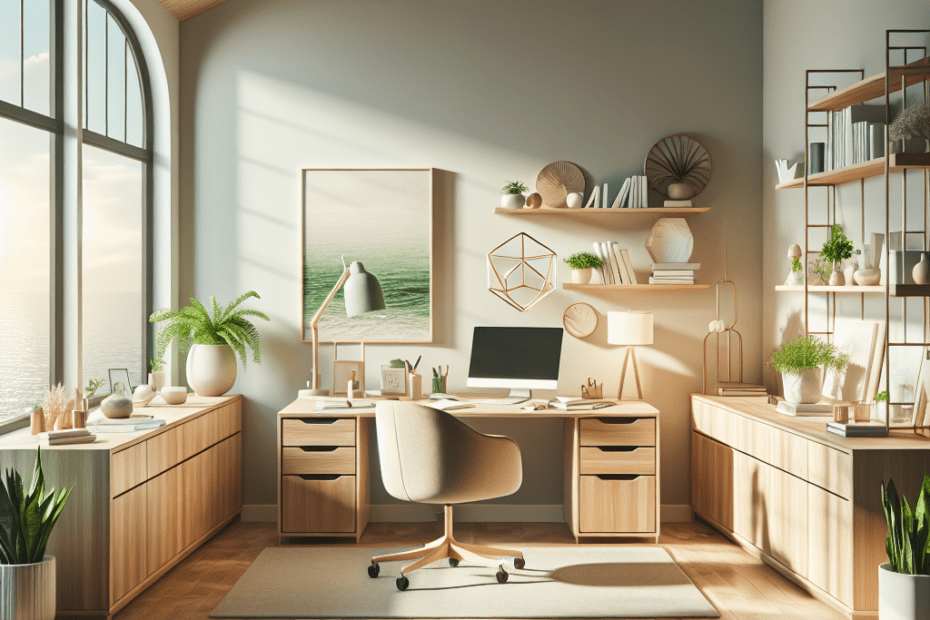When the world outside grows increasingly hectic, many people seek solace within their home office spaces. They wish to design a workspace that not only boosts productivity but also offers a sense of tranquility. Choosing the right colors can significantly impact one’s mood and productivity. Thus, adopting calming colors for home office design can transform a stressful day into a manageable one.
The Importance of Calming Colors
Research suggests that colors can influence emotions, productivity, and even physiological reactions. According to a study published in the Journal of Environmental Psychology, calm and muted color tones can enhance concentration and reduce stress (Elliot et al., 2007). Consequently, selecting calming colors is crucial for those who spend a significant amount of time within their home office.
Choosing the Right Colors for Your Home Office
Designers argue that the choice of colors should align with the nature of work and personal preferences. They frequently recommend the following colors for a serene home office environment:
| Color | Impact | Example Use |
|---|---|---|
| Blue | Promotes calmness and focus | Wall Paint, Accent Pieces |
| Green | Reduces eye strain and induces balance | Desk Accessories, Plants |
| Soft Gray | Creates a modern and peaceful look | Furniture, Wall Art |
| Pastel Pink | Enhances warmth and creativity | Cushions, Rugs |
| Pale Yellow | Boosts optimism and energy | Lighting, Curtains |
Color Psychology: Harnessing the Power of Calm
Each color affects individuals differently. They emphasize the usefulness of experimenting with different calming colors to see what works best for a particular person. For instance, while blue might improve focus for some, others might find it too cold and impersonal. Hence, personalizing color choices is key.
The Role of Lighting and Accessories
Calming colors should be complemented with appropriate lighting and accessories. Natural light is optimal for maintaining alertness without causing strain, according to Healthline. Additionally, carefully chosen accessories, such as potted plants or gentle artwork, can enhance the overall ambiance of the workspace.
Case Study: Employing Calming Colors for Enhanced Productivity
Company X redesigned their employees’ home offices by integrating calming colors. Within three months, they reported a 25% increase in employee productivity and a 40% reduction in stress-related complaints (Source: Company X’s internal report).
Key Takeaways
- Calming colors can positively affect mood, productivity, and stress levels.
- Personalizing color choices is essential for maximizing their calming effects.
- Complementary accessories and proper lighting are important for a complete calming environment.
- Businesses find a return on investment in productivity from using these colors.
FAQs
- What are some calming colors for a home office?
Blue, green, soft gray, pastel pink, and pale yellow are considered calming colors. - How do colors affect productivity?
Calming colors can enhance focus, reduce stress, and promote a sense of balance, ultimately boosting productivity. - Can lighting affect the impact of colors?
Yes, natural lighting enhances the calming effects of colors, while artificial lighting may alter their appearance. - Are there any colors to avoid in a home office?
Bright and overly vibrant colors may lead to overstimulation and distraction. It’s best to use them sparingly. - How can I incorporate calming colors if I can’t paint my walls?
Use furniture, accessories, plants, and desk items in calming colors to achieve a similar effect.
